Explore the Magnificent and Mysterious Surface of the Moon in Pictures
At the National Air and Space Museum, beautiful images show how the moon’s pockmarked surface is rife with mystery
It should come as no surprise to anyone that the moon is not made of cheese.
Even so, there are still a surprising number of mysteries shrouding our closest neighbor. And since 2009, a spacecraft known as the Lunar Reconnaissance Orbiter (LRO), has been charting every inch of the glowing orb to unlock its secrets.
The craft is packed with seven instruments to take measurements of radiation, surface temperatures, topography and more. Among the lot are three cameras that continually capture both high-resolution close-ups and wide angle landscape images of the often bizarre lunar surface, beaming the images back to Earth.
The sheer volume of data LRO has collected is astounding, says senior scientist Thomas Watters of the Smithsonian's National Air and Space Museum—well over a million images by his estimate. Of these photographs, 61 large-scale prints are now on view in the museum's new exhibition "A New Moon Rises."
The LRO's images are bringing into focus a surface far more complex and confusing than scientists expected. For example, even as you read this article, the moon has shrunk a minute amount. LRO imagery revealed thousands of so-called thrust fault scarps scattering around the moon—the remnants left as the moon’s interior cools, causing the orb’s hard shell to contract and crack.
But much remains unknown. As we chat recently at the exhibition, standing in front of a projection of images recently beamed from the craft, Watters pauses mid sentence. “Oh my goodness, look at this thing,” he marvels. He pointed to a sinuous dark line snaking through a lunar pockmark.
“This is what is so cool about this—almost every image you see you can find something that you haven’t seen before,” he says.
The moon is full of these dark winding paths with various explanations. Some are faults in the land from the global contraction and Earth’s strong tidal pull; some are ‘wrinkles’ of the moon’s surface; others still are stretch marks where perhaps intrusive magma has caused the land to bow.
Yet scientists don’t have explanations for all of the wiggles. Watters points out one called a “sinuous rille,” which twists and winds like ribbon candy. Similar features can form where lava cuts a path like a river, leaving behind a snaking channel.
But, the sinuous rilles have more curves than the average meander. “It’s so sinuous you’ve just got to wonder: How did that happen?” Watters says. “It’s a bit of a mystery.”
Watters described another set of curious ropey lines as wrinkles in the surface. These formed billions of years ago when magma filled ancient impact basins. But the weight of all that magma compressed the lunar surface a tiny bit. Like pushing down in the middle of a trampoline, the lava pooled down to the lowest point. As this process continued, the land compressed the puddle from the sides.
But oddly, what appears to be white sprinkles dot the surface of many of the wrinkles. The sprinkles are actually boulder-sized rocks whose white coloring stands out in stark contrast to the black ridges.
Why exactly are these boulders colored just so? We're not entirely sure, says Watters. The boulders should be dark like the underlying ridge.
As data pours in from LRO, there’s an emerging picture that the moon's core—long thought to have gone cold—may still be hot. Young faults show that the orb is still actively cooling. Researchers also identified what appears to be young lava flows, Watters explains. These flows are likely millions of years old, which are mere minutes geologically speaking.
The moon's surface is also still changing. New crater pits show up much more frequently than previously thought—thousands have appeared since LRO began orbiting in 2009.
With their time ticking to an end with every orbit, the scientists hope to extend the craft's mission beyond its current end date later this year. Hopefully LRO will continue to chase our moon through the night sky for a few more years, giving scientists a little longer to pour over the mysteries of our closest celestial neighbor.
The exhibition, "A New Moon Rises," is on view at the Smithsonian's National Air and Space Museum and features 61 large-format LRO images, as well as several 3D models of the complex lunar surface. It will be on display through December 2016.
/https://tf-cmsv2-smithsonianmag-media.s3.amazonaws.com/accounts/headshot/Wei-Haas_Maya_Headshot-v2.png)
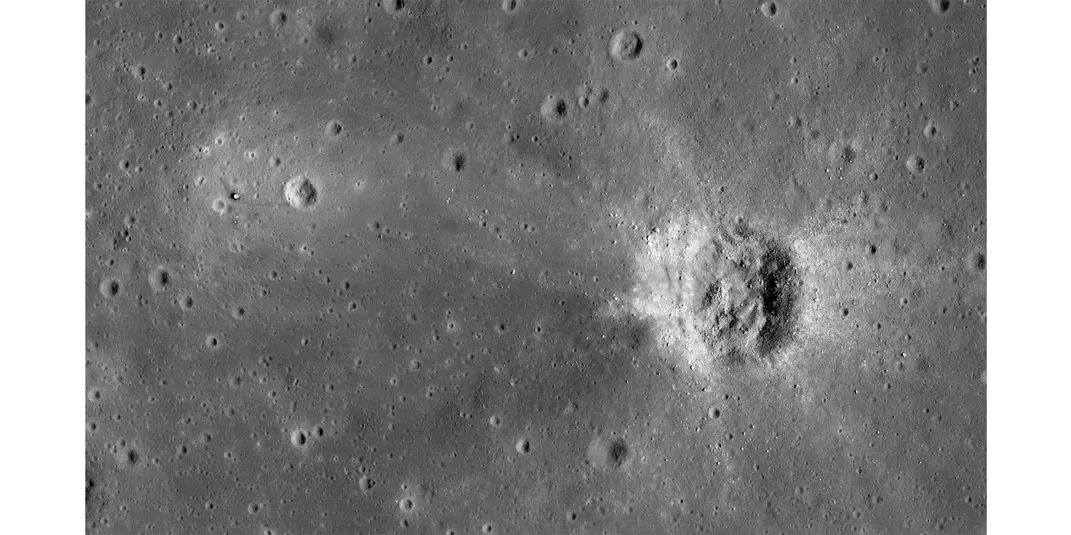
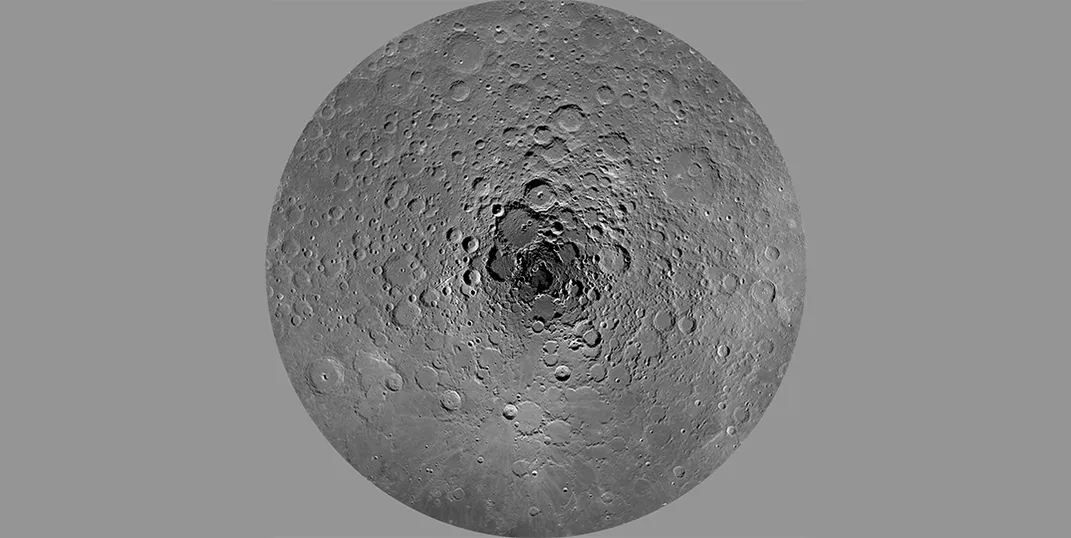

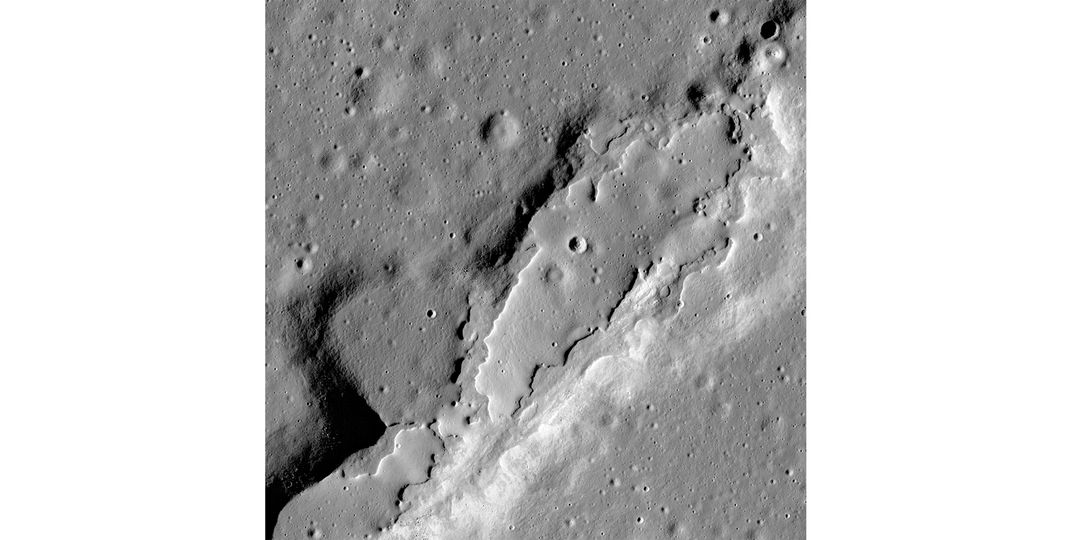
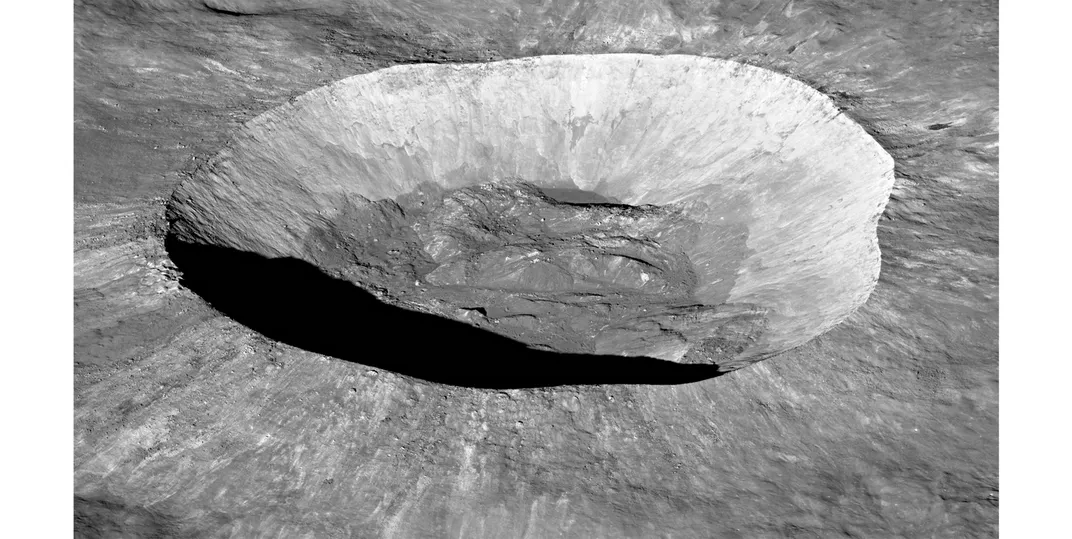


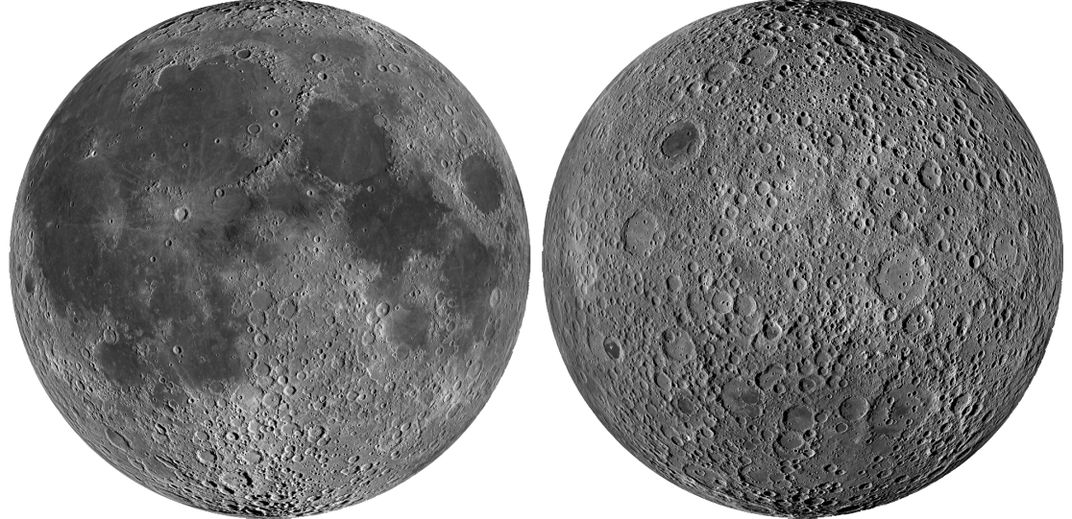

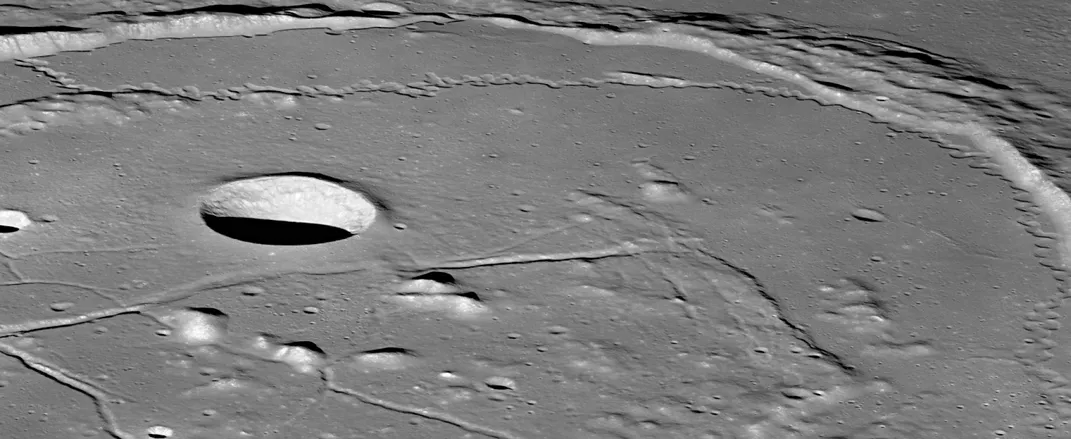


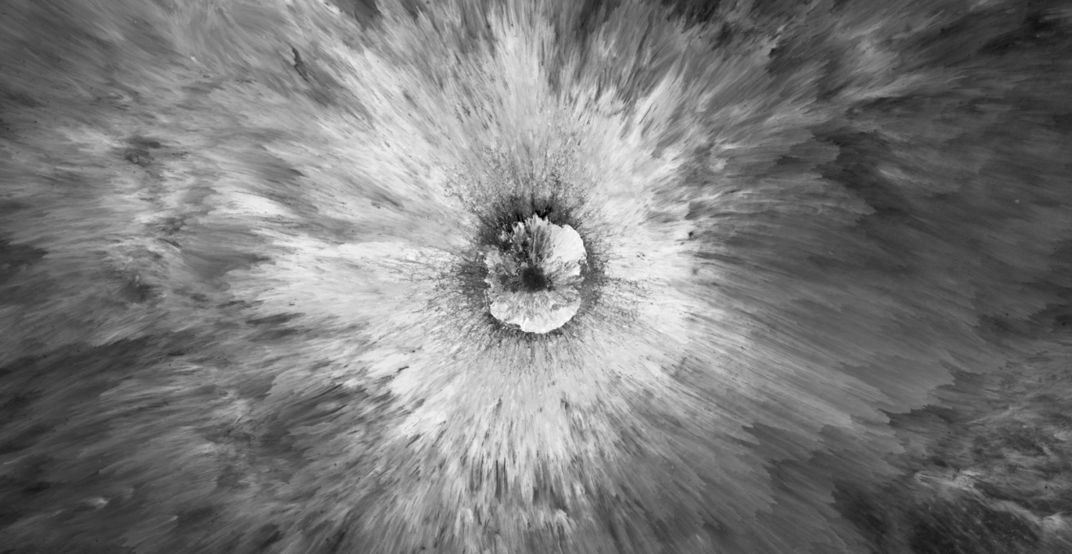
/https://tf-cmsv2-smithsonianmag-media.s3.amazonaws.com/accounts/headshot/Wei-Haas_Maya_Headshot-v2.png)